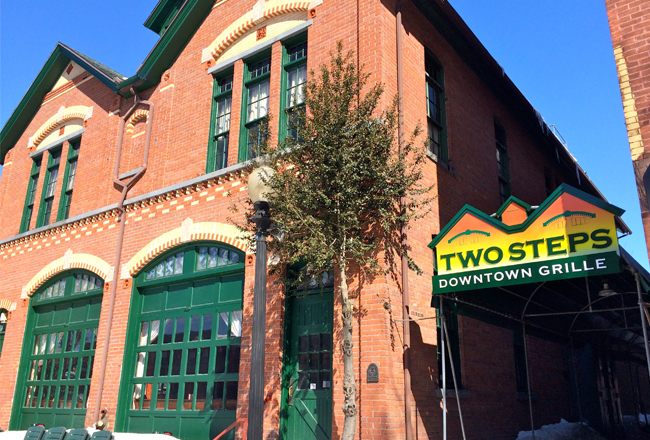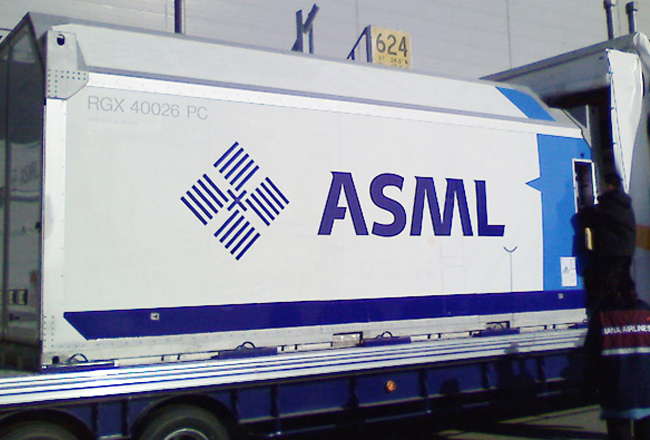 New York state is reaching out to developers who may be interested in working on the construction of an 18-mile bridge or tunnel connecting Westchester County to Long Island, a project that could cost up to $55 billion.
New York state is reaching out to developers who may be interested in working on the construction of an 18-mile bridge or tunnel connecting Westchester County to Long Island, a project that could cost up to $55 billion.
Gov. Andrew M. Cuomo announced that the state Department of Transportation has issued a request for expressions of interest regarding the proposed Long Island tunnel project. The request invites interested developers to provide input on the engineering and financial considerations that will be used to inform a future request for proposals.
“Improving and expanding our transportation infrastructure is essential to moving New York forward,” Cuomo said. “Today we are taking another step to advance an ambitious project that would reduce traffic on the impossibly congested Long Island Expressway, improve connectivity and help ensure the region”™s future economic competitiveness.”
Organizations that are lead contractors on bridge or tunnel projects of at least $1 billion in size or equity investors with a substantial development and investment track record in new-build transportation projects exceeding $500 million individually are invited to respond to the state”™s request for expressions of interest.
The request follows the release earlier this year of a preliminary study commissioned by the Department of Transportation. Cuomo committed $5 million for the study in 2016, which ultimately concluded that the construction of a Long Island Sound Tunnel would be feasible.
Proponents of the tunnel say the connection would reduce travel time and congestion, improve air quality and improve access to expanded labor markets.
The 82-page study, which was prepared by Montreal consulting firm WSP, found that travel time from Long Island to Westchester could be decreased by more than an hour with the construction of the crossing. The proposed crossing would provide a portal into both Westchester and Fairfield counties at the intersection of Interstates 95 and 287.
Either a bridge, tunnel or combination of the two connecting Long Island to Rye or Port Chester would cost between $8.5 billion to $55 billion. A $25 toll, the study found, could generate an estimated $556 million in annual revenue.
The study also included options linking mid-Long Island to either Bridgeport or Devon in Connecticut, though the request for expressions of interest focused solely on a connection to Westchester. The Connecticut connection would cost anywhere from $13 billion to $31 billion, depending on which structure ”” bridge, tunnel or a combination of both ”” developers chose to build.
The study also found that a public-private partnership would be the most practical option to complete the construction project.
“This project has the potential to be transformative for the region,” said state Department of Transportation Acting Commissioner Paul A. Karas. “Now that our study is complete, we will conduct additional engineering, environmental and financial analysis on the project, while assessing impacts on local
communities.”
MIXED RECEPTION TO PROPOSAL
The plans have been met with a mixture of enthusiasm and apprehension from area leaders and residents.
“In concept, it would be a fantastic addition to the tristate area in terms of accessibility,” said John Ravitz, executive vice president of the Business Council of Westchester. “The practicality of implementing such a huge project like that is another story.”
“The devils are in the details,” he added.
Ravitz said the Business Council has made improving local infrastructure one of the group”™s legislative goals for the coming year, an issue they believe should be addressed before a tunnel project.
“When you look around Westchester, there is enormous amount of work that should be done on local roads and bridges,” Ravitz said. “So if we”™re going to prioritize, that”™s the place to start.”
In response to the plan, Westchester County legislators James Maisano, Catherine Parker and Nancy Barr, who represent districts on the Sound Shore, said they “remain open-minded” about the proposal. However, they noted that they are opposed to the state”™s request for expressions of interest, which they believe is based “only on its own study, without any input at all from Westchester”™s elected officials, municipalities, community and environmental groups and residents.”
“There needs to be much more review and due diligence conducted by all interested and affected parties before New York state starts reviewing any bids to build this tunnel,” the Republican and Democratic legislators said in a joint statement. “We will push for more transparency and an open and objective review process.”
Amy J. Allen, vice president of the Westchester County Association, said that high-quality infrastructure and accessibility are key drivers of economic growth for any region.
“The proposed tunnel is an ambitious project that could potentially attract new talent and investment, boost tourism and improve quality-of-life,” she said. “However, it is critical that we first weigh the financial and environmental feasibility of such an undertaking.”
Proposals for a structure that would create a connection across the Long Island Sound have been floated for decades. Some of the earliest plans date to the 1930s. In 1957, the Oyster Bay-Rye Bridge Study represented the first technical analysis of such a crossing.
More recently, private developer Polimeni International in 2008 proposed to construct a 16-mile tunnel under Long Island Sound that would connect Bayville on Long Island with Rye. The private-public partnership was estimated to cost between $12 billion and $16 billion.
The sound project again gained steam after Gov. A Cuomo touted the idea in his State of the State speech last month.
“We should continue to pursue a tunnel from Long Island to Westchester or Connecticut,” he said. “DOT has determined it”™s feasible, it would be under water, it would be invisible, it would reduce traffic on the impossibly congested Long Island Expressway and would offer significant potential private investment.”
The project will likely be the subject of years of studies before construction could begin.
A five-year environmental process would include two years for scoping, two years for a draft environmental impact statement and one year for a final impact statement and decision, with design and construction phases following thereafter. The design could take up to three years to finalize and construction could last around eight years, according to the state”™s consultant WPS.



















Shouldn’t Gov. Cuomo figure out the finances for the Tappan Zee Bridge before starting on something else?
Is he kidding, New York has much bigger problems and could find better ways to spend 55 billion. That we all know by the time it is completed would be 110 billion
Here we go again another idiotic bright idea! This man has to be a one term Governor, how can he try to slide something like this through on Long Island. This reminds me of Lilco bright idea with just going a heading and lying there way through to build Shoreham power plant. Where is Curran on all of this, why don’t we see her face out there. We elected her because she was supposed to be the corruption representative for the people of Nassau.
The lie is the idea that a crossing isn’t needed. In fact, the Bayville-Rye Bridge should’ve been built over 50 years ago. This is way better than building the Shoreham Nuclear Power Plant.